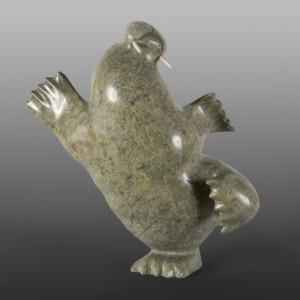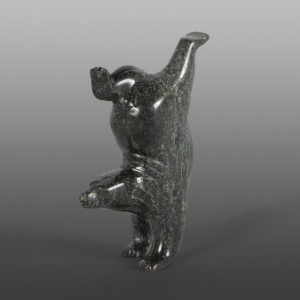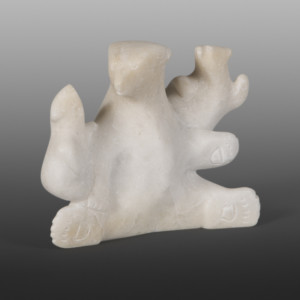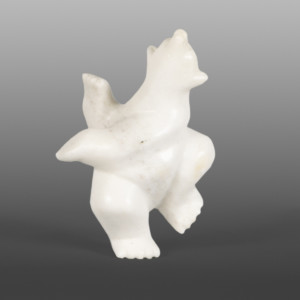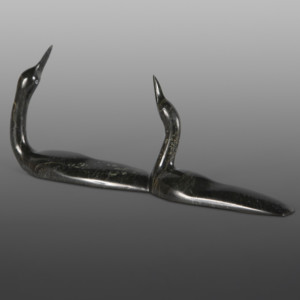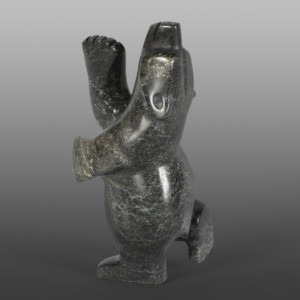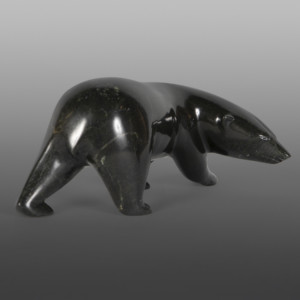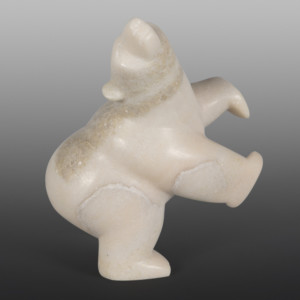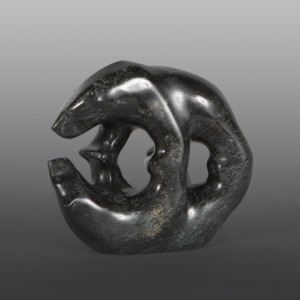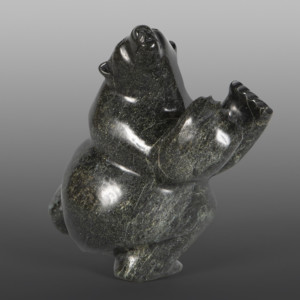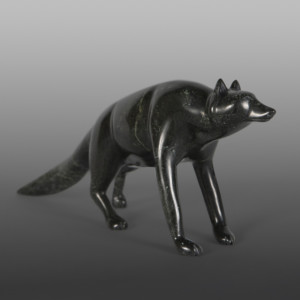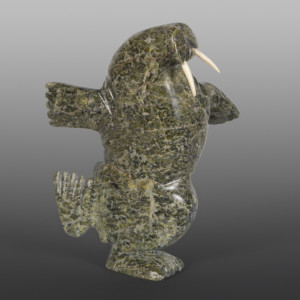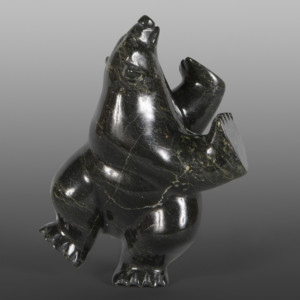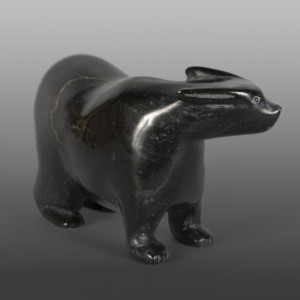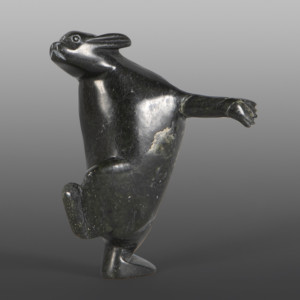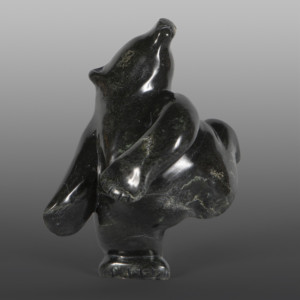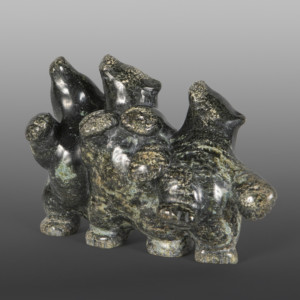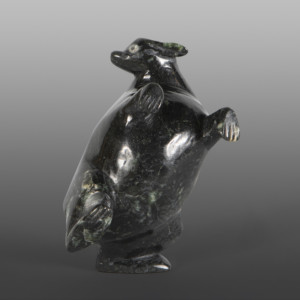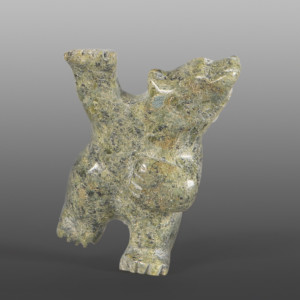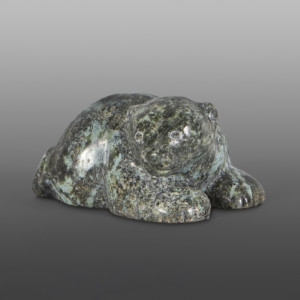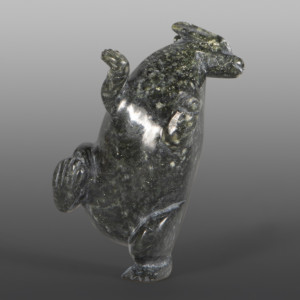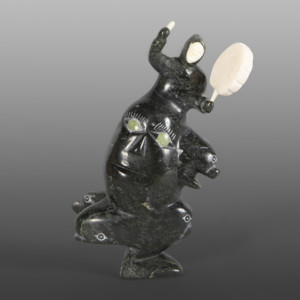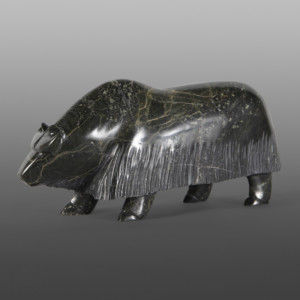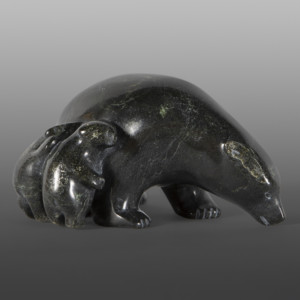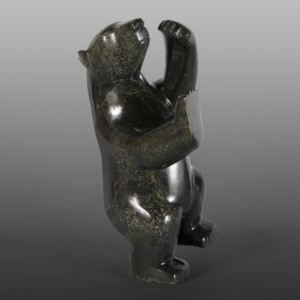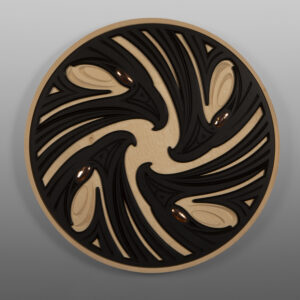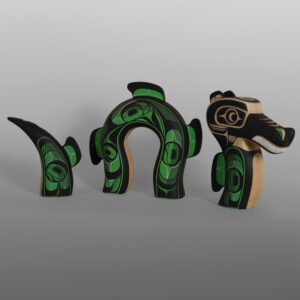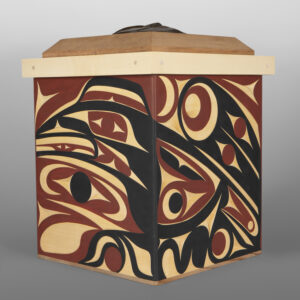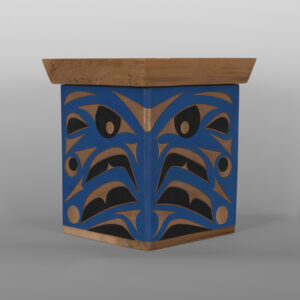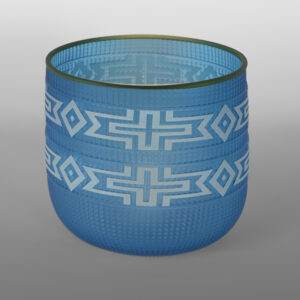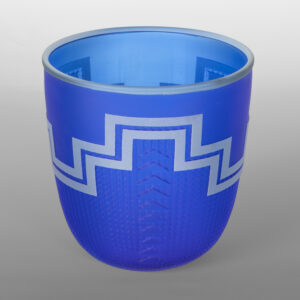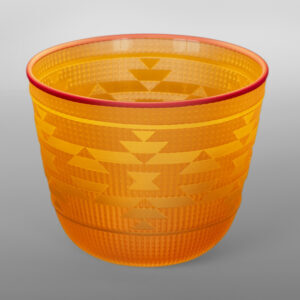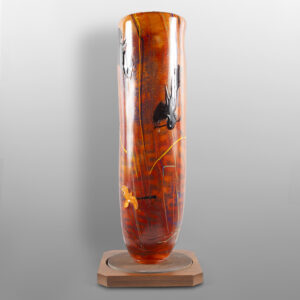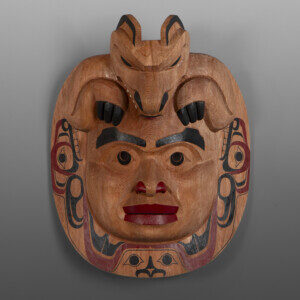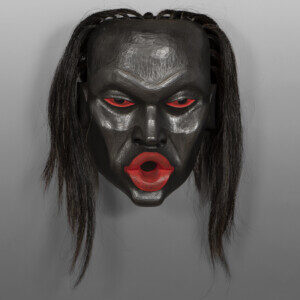Boreal World - Carvings of the Kinggait Inuit
The native peoples of the far north have been making artworks out of bone, stone or ivory for thousands of years. Most of the earliest carvings were of utilitarian objects and tools that were decorated and often embellished with figurative imagery. Later, the Inuit began trading small carvings of animals and other representational pieces with European whalers and other travelers.
It wasn’t until the late 1940’s when James Houston, on behalf of the Canadian Handicrafts Guild in Montreal, travelled to various communities in the north to purchase items to be exhibited at the gallery in 1949. The positive public response to this inaugural exhibition was so overwhelming that a concerted effort was made by both public and private interests to encourage and promote Inuit art as a viable commercial enterprise and as a means for Canada’s northern peoples to maintain and celebrate their unique culture. Today carving continues to be an important economic and artistic endeavor for a large number of Cape Dorset citizens.
Cape Dorset artists rarely use the term sculpture to describe the three dimensional representational objects they make. They prefer the term ‘carving’ and perhaps rightly so. There is a direct and immediate bond between the medium of expression, the environment they live in and the history and development of their culture. Carving is a direct extension of the skills developed through centuries of fashioning and manipulating tools and implements by hand.
- courtesy of Dorset Fine Arts

